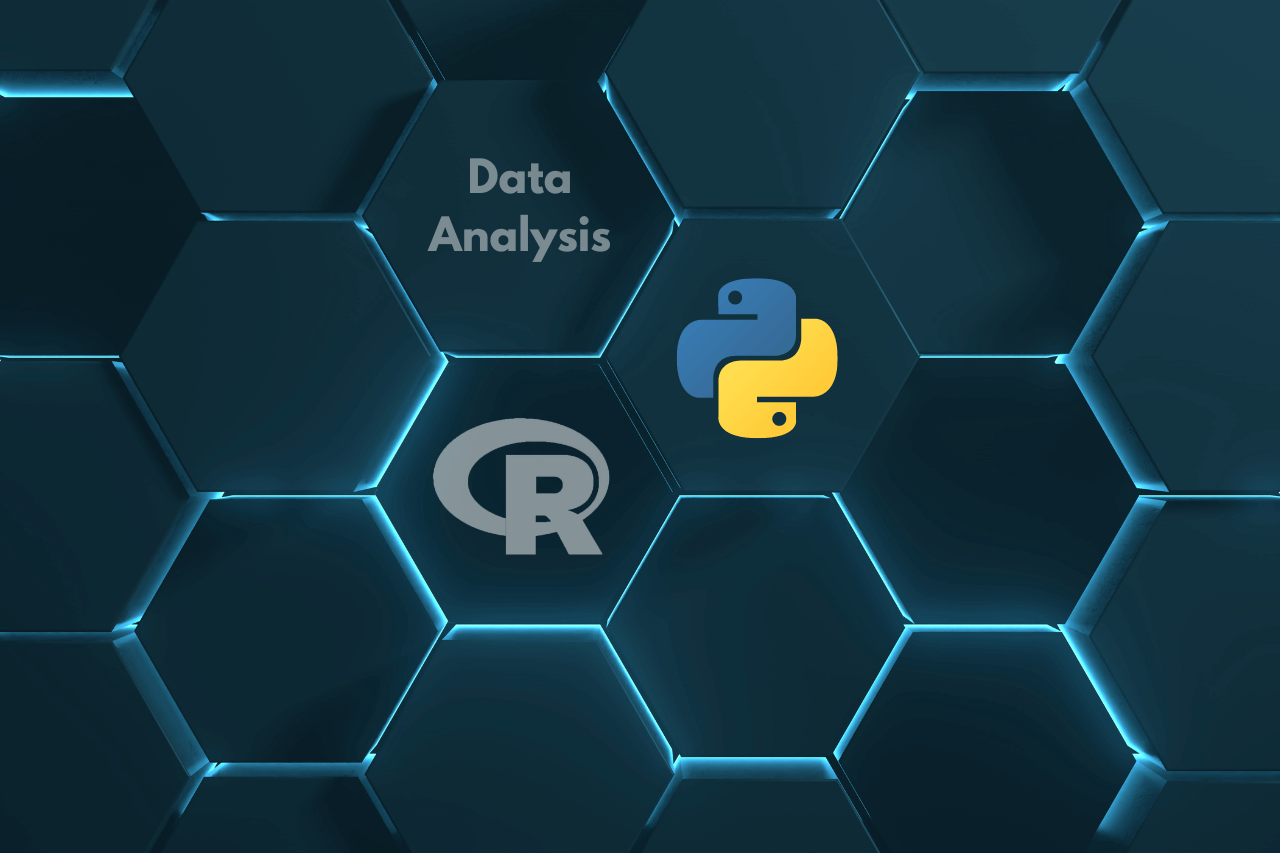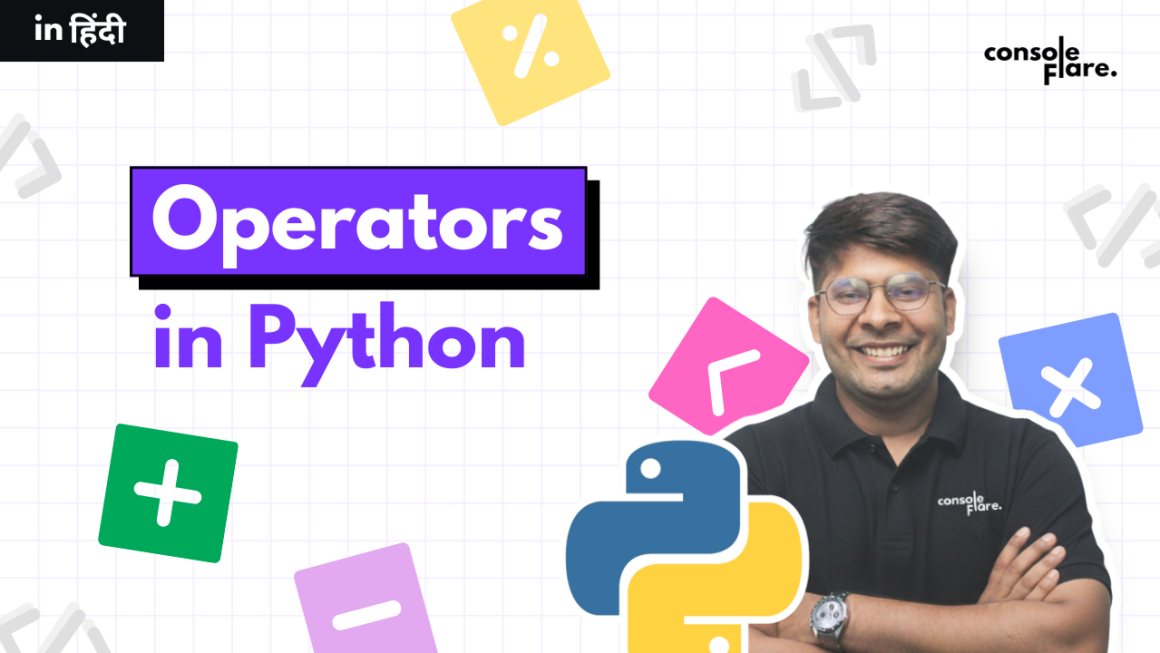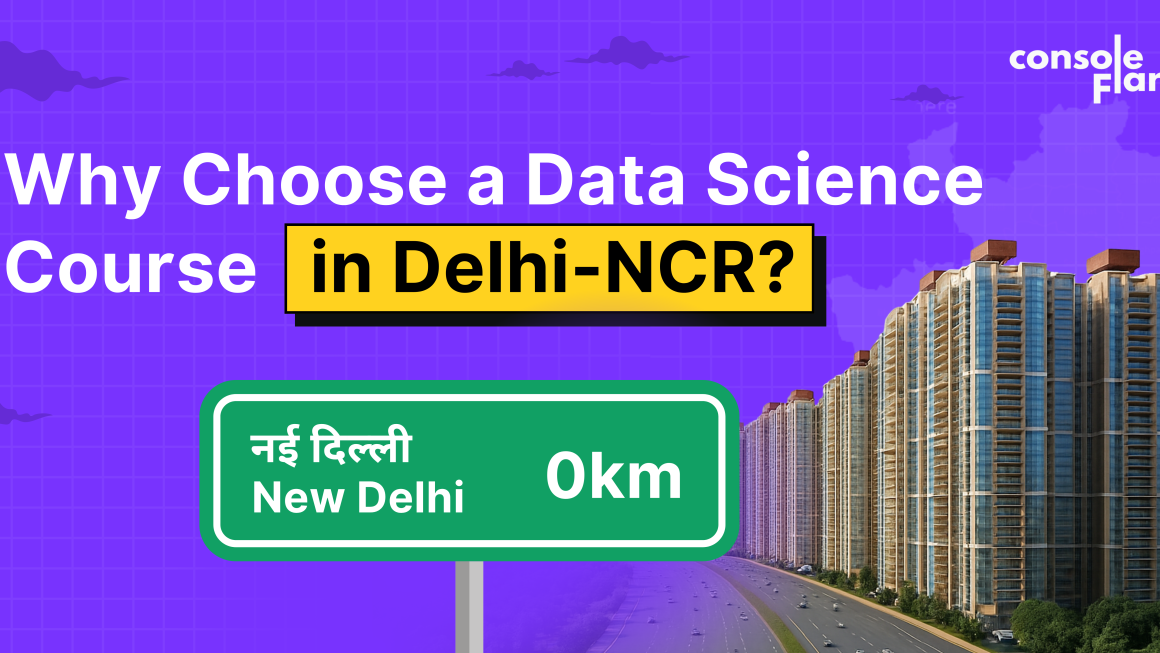In the world of data analysis and data science, knowing the right programming languages is crucial for success. Two of the most prominent contenders in this arena are R and Python. Both languages have gained popularity among professionals and researchers due to their extensive libraries, powerful data manipulation capabilities, and versatility. In this article, we will explore the benefits of learning both R and Python, the market share of Python in data science, and why Python is often considered the go-to language for data analysis.
The Power of Dual-Language Proficiency
Learning both R and Python can significantly enhance your skills and expand your opportunities in the field of data analysis. While R is renowned for its statistical capabilities and data visualization, Python boasts a broader range of applications, making it a versatile language for various domains. By mastering both languages, you can leverage the strengths of each to tackle diverse data analysis tasks effectively.
R and Python
R: The Best Language for Data Analysis
R has long been recognized as one of the best programming languages for data analysis. Its extensive collection of packages, such as ggplot2 and dplyr, offers robust statistical analysis capabilities and enables intuitive data visualization. R’s syntax is specifically designed for statistical operations, making it ideal for tasks like hypothesis testing, linear regression, and time series analysis. With R, you can perform complex statistical modeling and create stunning visualizations with ease.
Python: The Most Used Programming Language in Data Science
Python, on the other hand, has gained immense popularity in the data science community due to its simplicity, readability, and vast ecosystem of libraries. It has become the most used programming language in data science, with its market share continually growing.
Python’s libraries, such as NumPy, Pandas, and Matplotlib, provide powerful tools for data manipulation, analysis, and visualization. Its extensive community support and active development make it a favorite choice for data scientists and analysts worldwide.

Python’s Market Share and its Advantages
Python’s rise in popularity can be attributed to several factors. Firstly, its versatility allows users to apply it across multiple domains, including web development, machine learning, and natural language processing. Secondly, Python’s user-friendly syntax makes it accessible to both beginners and experienced programmers. Moreover, Python’s integration with other technologies, such as TensorFlow and PyTorch, makes it an excellent choice for implementing advanced machine learning algorithms.
Is Python Better Than R?
While Python has gained significant traction in the data science community, it’s important to note that the choice between Python and R depends on the specific requirements of the task at hand.
Python’s versatility and larger ecosystem make it ideal for projects that involve diverse data analysis tasks, including data cleaning, manipulation, and machine learning. R, with its focus on statistical analysis and visualization, excels in scenarios where advanced statistical modeling and graphing capabilities are crucial.
Conclusion
In conclusion, learning both R and Python can be highly advantageous for data analysts and scientists. By combining the statistical prowess of R with the versatility of Python, you can tackle a wide range of data analysis challenges effectively. Python’s market share dominance in data science reflects its power and flexibility, making it a valuable skill for professionals in the field.
Remember, the choice between R and Python depends on the task’s specific requirements, so having proficiency in both will give you a competitive edge in the data analysis landscape.
Interested in enhancing your Python skills for data analytics? Check out the Python for Data Analytics certification course offered by ConsoleFlare. This comprehensive program will equip you with the necessary knowledge and practical skills to excel in the field of data analysis using Python.
So, why wait? Start your journey toward becoming a proficient R and Python data analyst today!
Hope you liked reading the article, Can I learn both R and Python? Please share your thoughts in the comments section below.
Follow our social media pages: Facebook, Instagram, LinkedIn







